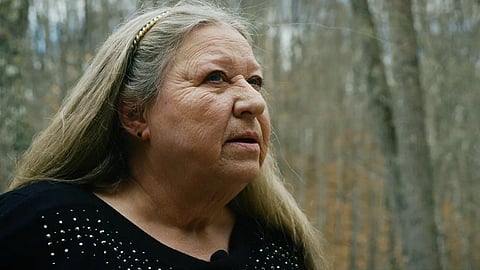
- Home
- NG Hindi
- India
- World
- Politics
- Sex & Relationships
- Entertainment
- Culture
- Lifestyle
- Economy
- Sports
- Sp. Coverage
- Misc.
- NewsGram Exclusive
- Jobs / Internships

Rural Americans: Ada Carol Adkins lives with her two dogs in a trailer tucked into the timbers off Upper Mud River Road.
“I’m comfortable here, but I’m having health issues,” said the 68-year-old, who retired from her job as a school cook several years ago after having a stroke. “Things are failing me.”
Her trailer sits halfway up a ridge miles from town and the local health clinic. Her phone and internet are “wacky sometimes,” she said. Adkins — who is fiercely independent and calls herself a “Mountain Momma” — worries she won’t be able to call for help if service goes out, which happens often.
To Frontier Communications, the telecommunications company that owns the line to her home, Adkins says: “Please come and hook me right.”
But she might be waiting years for better service, frustrated by her internet provider and left behind by troubled federal grant programs.
A quarter of West Virginia counties — including Lincoln, where the Mud River bends its way through hollows and past cattle farms — face two barriers to health care: They lack high-speed internet and have a shortage of primary care providers and behavioral health specialists, according to a KFF Health News analysis.
Years of Republican and Democratic administrations have tried to fix the nation’s broadband woes, through flawed attempts. Bad mapping, weak standards, and flimsy oversight have left Adkins and nearly 3 million other rural Americans in dead zones — with eroded health care services and where telehealth doesn’t reach. KFFHealthNews/SP
